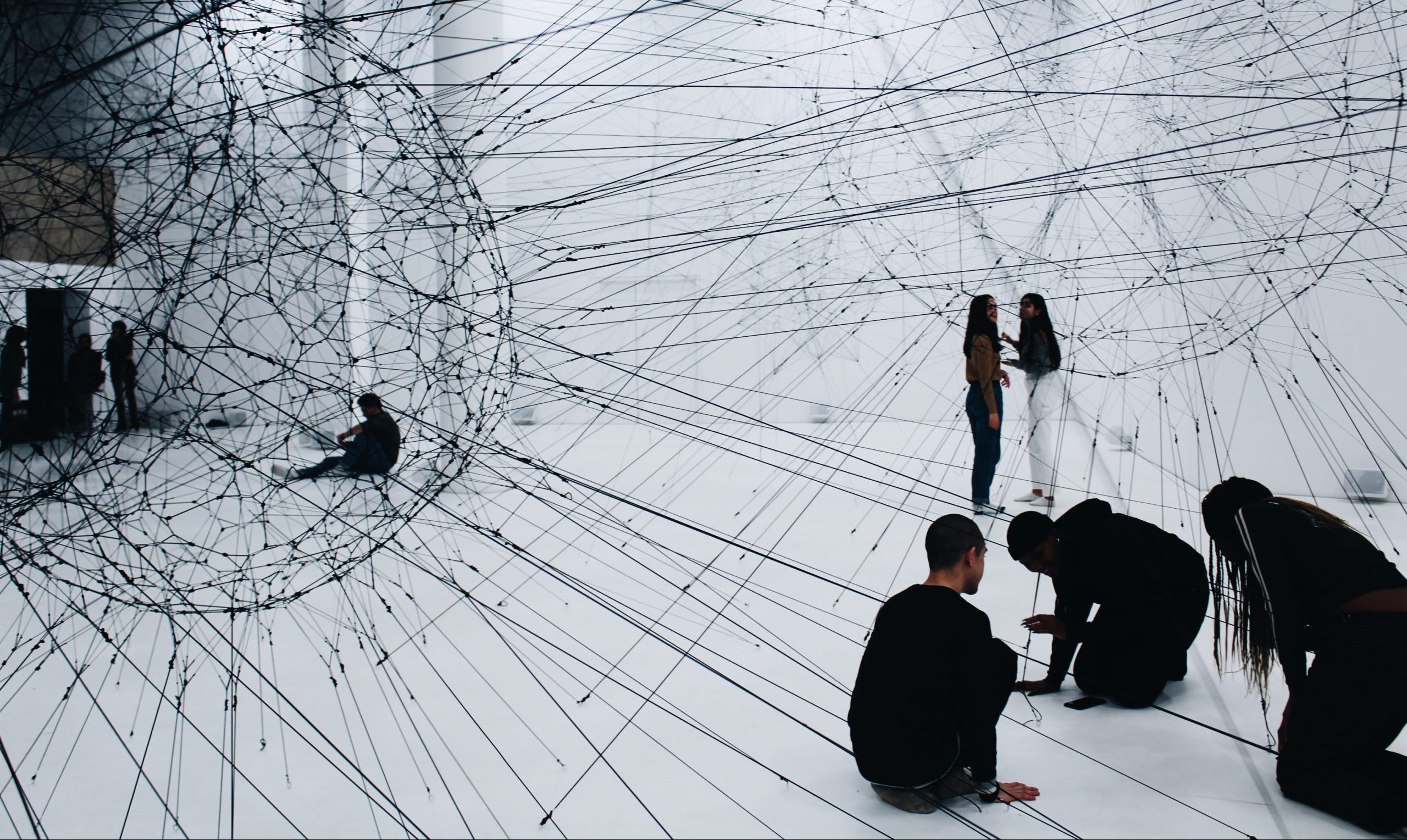
Sharing economy – five things everyone in the tourism business should know
The sharing economy has grown its popularity as a phenomenon in the past ten years a lot. Still, it is surprising how hard the definition is or how academics are finding the same issues which need further research. Defining sharing economy (from now on SE) is difficult since it has many other names such […]
